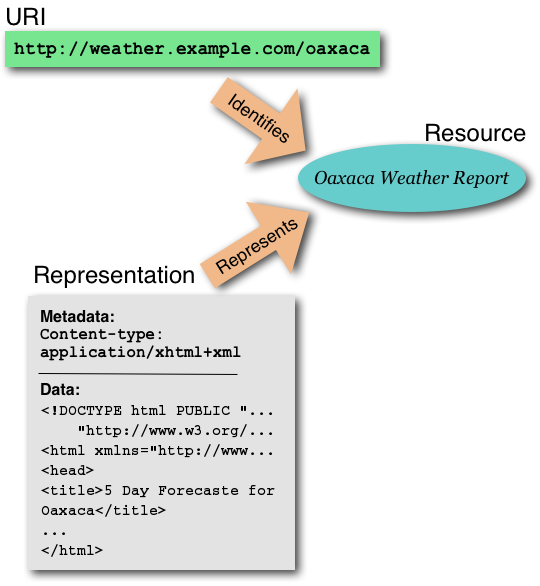- No!
http://www.ltg.ed.ac.uk/~ht/Concepts/democracy- There, I just did it.
- 3 billion web page authors can't be wrong
- But what they've authored are not the resources identified by the URIs
- They're representations of those resources.
 (from WebArch)
(from WebArch)
